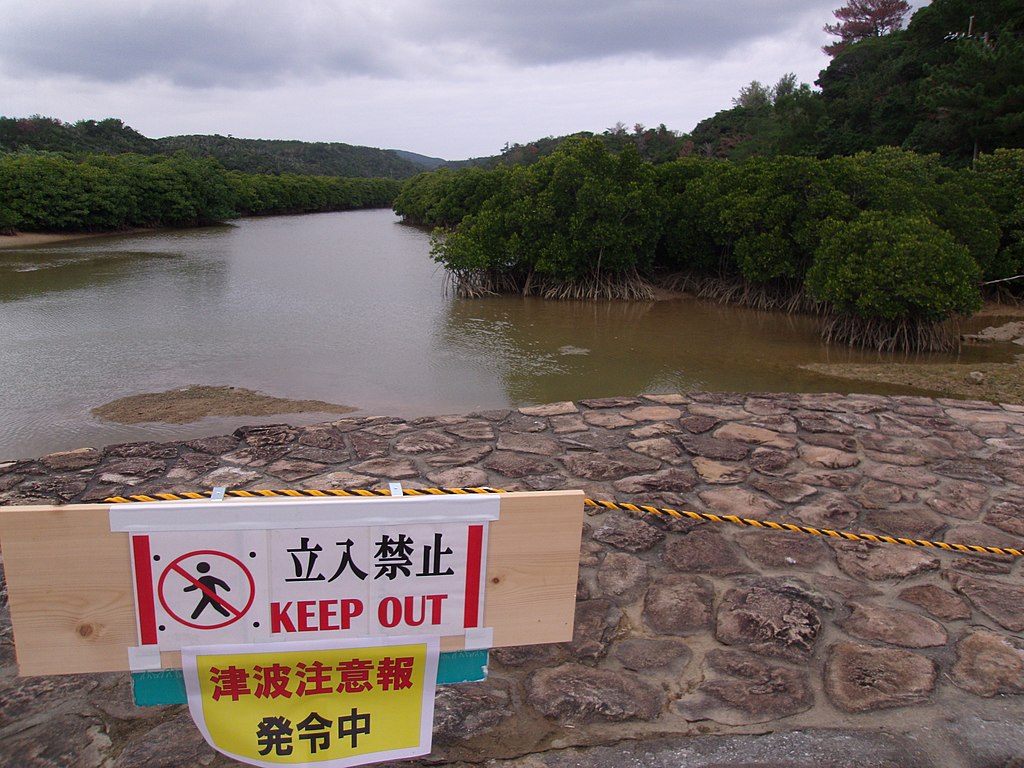On Saturday, the underwater volcano Hunga-Tonga-Hunga-Ha’apai erupted, with a roar so violent that it was heard thousands of kilometers away in places such as New Zealand, Fiji and Alaska. Experts consider it to be the most powerful eruption registered in the last 30 years.
The volcano is located about 30 kilometers off Tonga’s Fonuafo’ou Island in the Pacific Ocean, and managed to raise a column of ash, steam and gas of about 20 kilometers that considerably affected Tonga. This island nation is composed of 177 islands spread over 747 square kilometers.
I can't fathom seeing the #tonga Volcanic eruption in real-time from boat. This is insane.pic.twitter.com/1dXRa0lX25
— Mike Ventrice (@MJVentrice) January 15, 2022
https://twitter.com/Cienciaymas_/status/1482348550298251267
Tonga’s largest island, Tongatapu, reported a tsunami that caused significant damage. The extent of the destruction is not known at the moment because problems with telephone lines and the internet have delayed identification efforts.
According to survey flights conducted by Australia and New Zealand, the damage is significant in Tongatapu, although probably less severe than first expected. The International Federation of the Red Cross estimates that 80,000 people have been affected, and the population is in urgent need of help. In the meantime, Australian authorities are monitoring the situation to provide necessary support.
In the first few hours, communications and power were restored in some places, but there are still many coastal areas where no reports have been received. In addition, the internet could take a couple of weeks to be restored, since the submarine cable that connected them was cut after the powerful eruption. The nearest cable-laying vessel is some 4,000 kilometers away, so the population is expected to be disconnected from the outside world until then.
Satellite images and events in different parts of the world
The eruption was captured from space by satellites, providing dramatic images of what happened. Videos on social networks also showed an alarmed population fleeing to higher ground to take shelter from the rising sea following the volcanic eruption.
A layer of volcanic ash covered Tonga, contaminating the water sources and the air, which is why the authorities asked the inhabitants to wear face masks to protect their lungs. They also insisted on drinking bottled water, as one of the main concerns at the moment is the islanders’ access to clean water.
Satellite images reveal that some smaller islands were covered by water. The atmospheric shock wave propagated the sound over long distances and could be heard in other countries. In addition to producing seismic waves, the explosion also triggered atmospheric waves captured by satellites.
In Scotland, the weather station recorded a change of air pressure, which was also tracked in Spain; the abrupt pressure changes were picked up by barometers around the world.
The alerts across the Pacific
The volcanic eruption and tsunami in Tonga raised tsunami warnings in other countries. Some nations that took immediate action, and alerted nearby populations along the Pacific coast, included Japan, Fiji, United States, Vanuatu, Australia, Tasmania and Chile.
In Japan, large waves damaged a number of vessels over the weekend. In New Zealand the population was warned of possible storms with strong, unpredictable and unusual currents on their shores.
On the west coast of the United States, people were advised to stay away from beaches. In California and Alaska, flooding was reported as a result of the strong waves following the eruption.
On the other hand, Chile initially warned about a possible minor Tsunami. Both on Easter Island and on the coasts of the country, the population was requested to stay away from the beaches. On Saturday night, images of people taking precautions were observed in seaside places in Valparaíso and Biobío. Later, areas in the north reported light flooding.
The warnings missed in Peru
🇵🇪 | URGENTE: Paracas, Perú: pic.twitter.com/LmS9qlcquQ
— Alerta News 24 (@AlertaNews24) January 16, 2022
In Peru, more than 10,000 kilometers from the eruption point, two women died after being swept away by a large wave. According to local media, the husband of one of them escaped from the vehicle before he was dragged away by the water, at Naylamp beach in northern Peru.
The authorities did not announce a tsunami warning, considering that no anomalies would occur on their beaches. However, hours later, the population fled the coasts as the sea entered the streets and caused damage to nearby docks and commercial stores.
Image credit: Indiana jo

